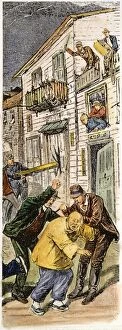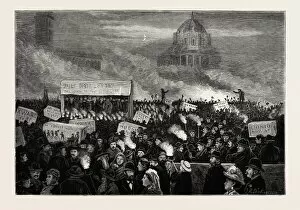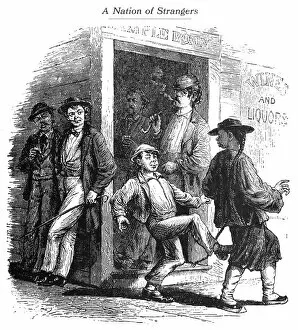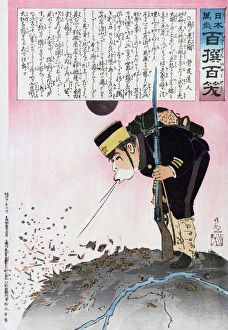Anti Chinese Collection
"Exploring Historical Anti-Chinese Sentiments: Unveiling the Dark Chapters of Discrimination" Throughout history, various forms of anti-Chinese sentiment have emerged
All Professionally Made to Order for Quick Shipping
"Exploring Historical Anti-Chinese Sentiments: Unveiling the Dark Chapters of Discrimination" Throughout history, various forms of anti-Chinese sentiment have emerged, perpetuating stereotypes and fueling discrimination. From Japanese propaganda to American cartoons, these hints shed light on a troubling past that cannot be ignored. In the late 19th century, John Bull and Uncle Sam joined forces in Japanese Anti-Chinese Propaganda. This collaboration aimed to vilify Chinese immigrants through illustrations depicting them as weak and flimsy compared to their powerful counterparts. The magic washer advertisement from 1886 manufactured by Geo. Dee reveals how even everyday products were used as tools for discrimination. The image implies that using this washer would cleanse clothes not only from dirt but also from any association with the Chinese community. One vivid example of hostility was witnessed during the ANTI-CHINESE RIOT of 1880 when a relatively fortunate Chinese man lost only his pigtail amidst chaos and violence in Denver. These riots exposed deep-rooted prejudices against the Chinese population. San Francisco became a battleground for anti-Chinese sentiments, as demonstrated by an Anti-Chinese Demonstration on the Sandlots. Irish-Americans feared increased immigration would result in overcrowded streets reminiscent of a satirical cartoon from 1880 suggesting what they might face due to Chinese influx. Not limited to America or Japan alone, discriminatory attitudes extended across borders. A satirical Japanese woodblock depicted a miserable-looking Chinese Emperor and Empress subjected to humiliation with missing body parts - an embodiment of dehumanization prevalent during that era. Political figures like Blaine further fueled animosity towards the Chinese through caricatures highlighting their perceived threat to American society in Nast's cartoon from 1879. The yearning for exclusion culminated in an ANTI-CHINESE RALLY held in San Francisco in 1898 where speakers demanded that "the Chinese must go. " Such rallies served as platforms for hate speech and further marginalized the Chinese community.









